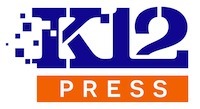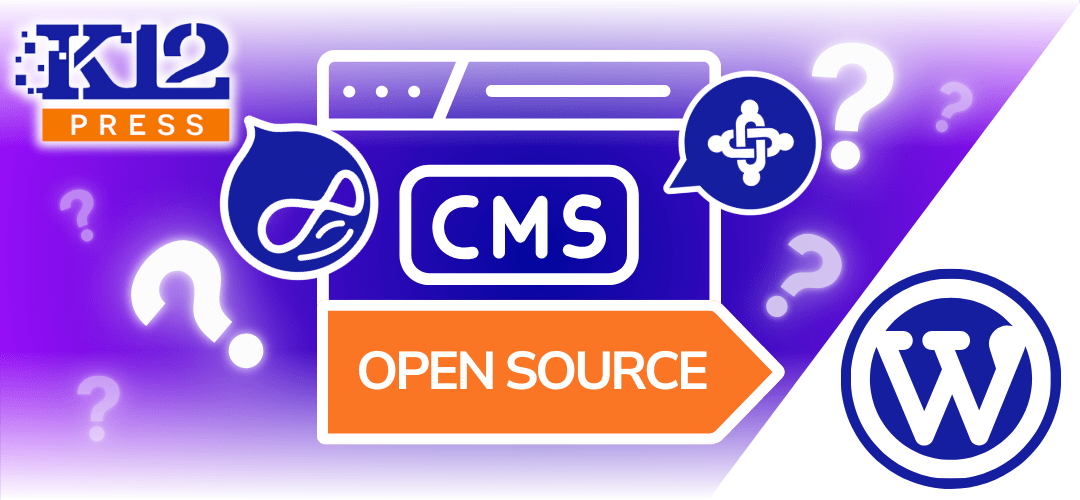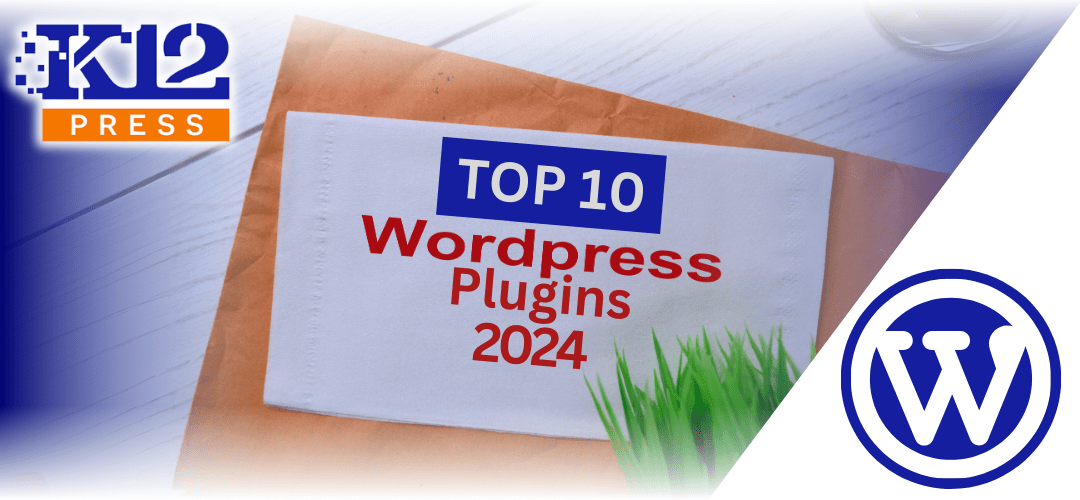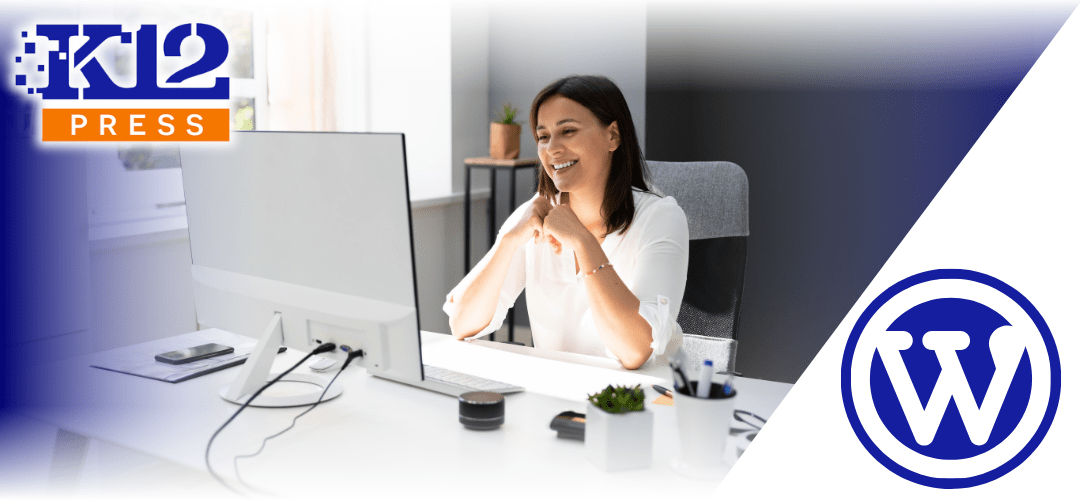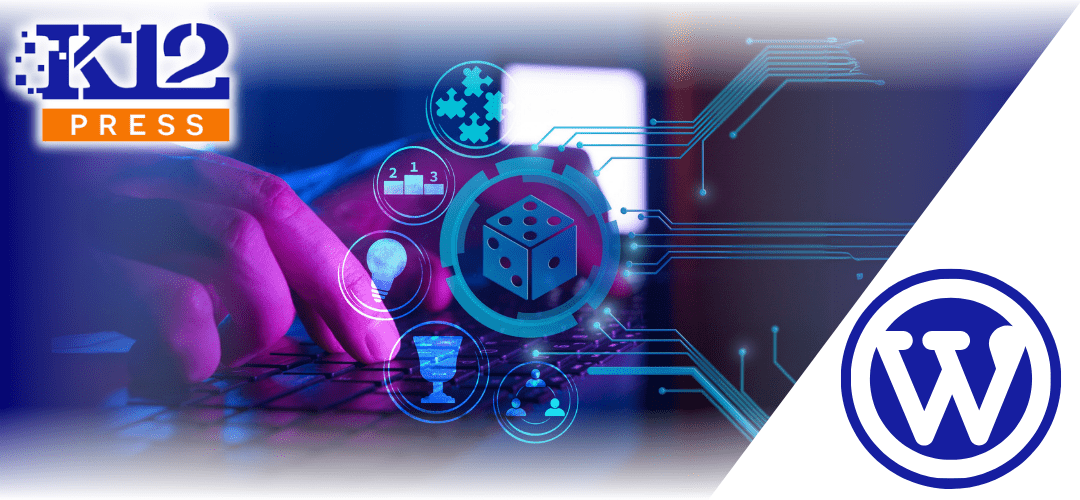Selecting the right Content Management System (CMS) is a pivotal decision for K-12 schools planning to establish or upgrade their digital presence. This guide delves into the strengths and weaknesses of WordPress, Drupal, and Joomla, three of the leading open source CMS for K-12 school websites, to aid your decision-making process.
Understanding Open Source CMS for K-12 School Websites
K-12 schools require a CMS that is easy to manage, secure, and capable of accommodating diverse content types—from educational resources to school event calendars. The CMS should also support a variety of user roles, including administrators, teachers, students, and parents, each with different access levels.
WordPress: User-Friendly and Versatile
WordPress is the most popular CMS globally, known for its ease of use and flexibility. It offers an intuitive dashboard that non-technical staff can manage, a plethora of themes suitable for educational environments, and plugins to add functionalities such as event management, multi-language support, and social media integration. Its large community means support is readily available, making it a dependable choice for schools.
Drupal: Robust and Secure
Drupal is highly regarded for its strong security features and ability to handle complex, large-scale sites with extensive content types. It is particularly well-suited for large school districts requiring detailed customization and stringent data handling capabilities. However, Drupal demands a certain level of technical expertise to fully exploit its potential, which might involve additional training or hiring specialized staff.
Joomla: Balanced Flexibility
Joomla strikes a balance with moderate ease of use and powerful features. It is less technical than Drupal but offers more depth than WordPress in terms of customization and scalability. Joomla’s extension directory is not as extensive as WordPress’s but includes essential tools that can be valuable for schools looking to have a bit more control over their site without venturing into the complexity of Drupal.
Comparative Analysis: Performance and Scalability
In terms of performance and scalability, WordPress and Drupal lead the pack. WordPress is highly scalable, easily handling a high volume of page views and site interactions typical of large schools and districts. Drupal’s performance is unparalleled for complex sites with multiple users and advanced data integration needs. Joomla, while capable, often requires more adjustments to scale similarly.
Conclusion: WordPress as the Preferred Choice
After comparing these platforms, WordPress emerges as the best choice for most K-12 schools. It combines user-friendliness with extensive customization options and robust support, making it ideal for schools that need an effective online presence without complex technical demands.
Is your school ready to take its digital presence to the next level? Choose K12Press for your WordPress-based website solutions. Specializing in educational websites, we ensure your site is not only visually appealing but also functional and user-friendly. Trust K12Press to help you create an outstanding online hub for your school community. Visit K12Press today to learn more and get started.
